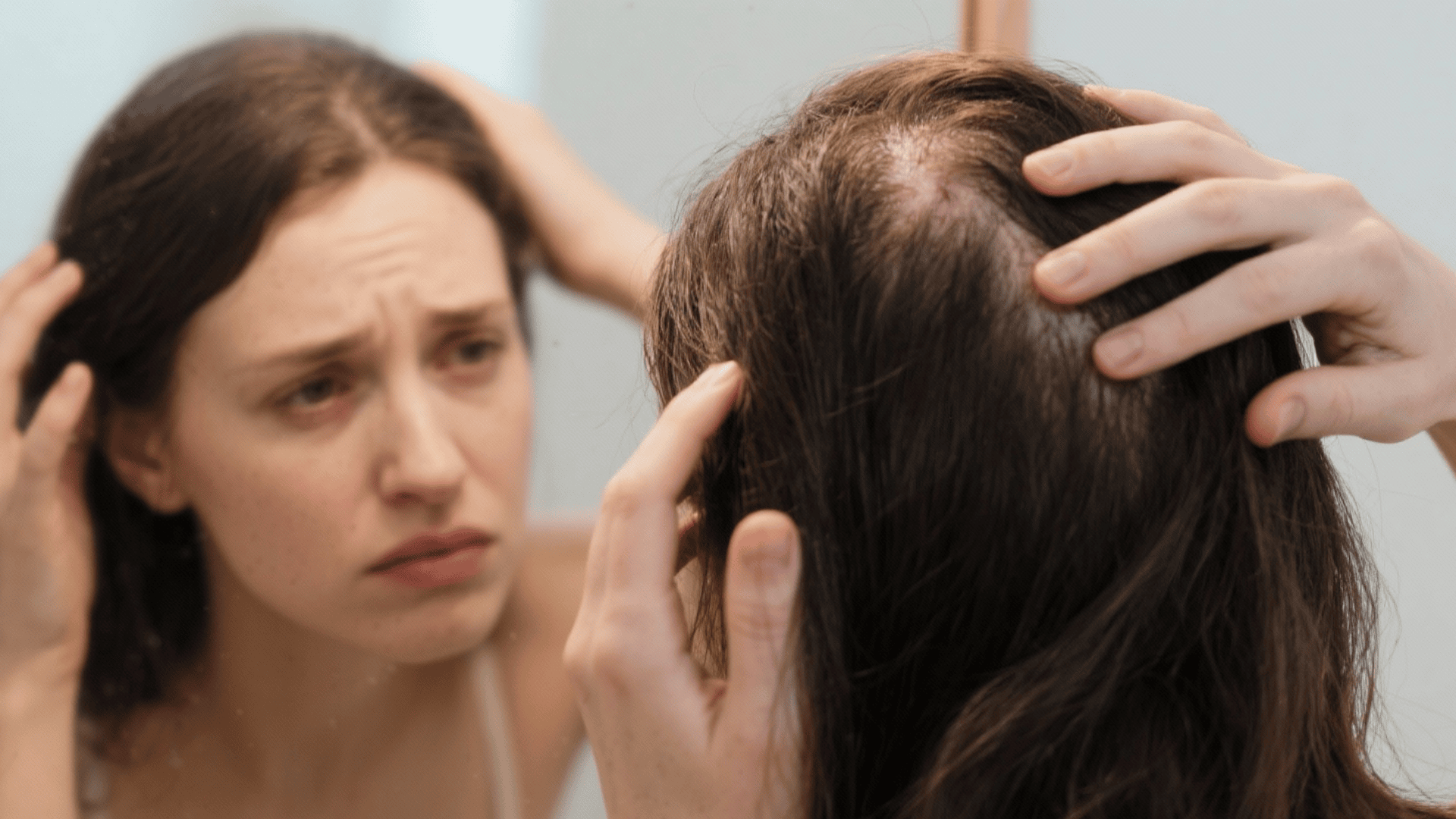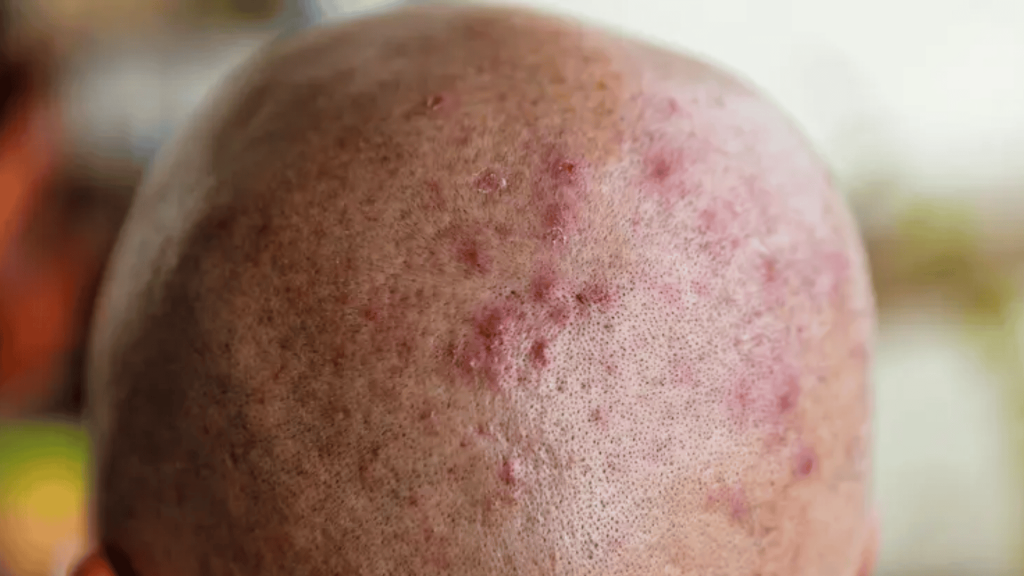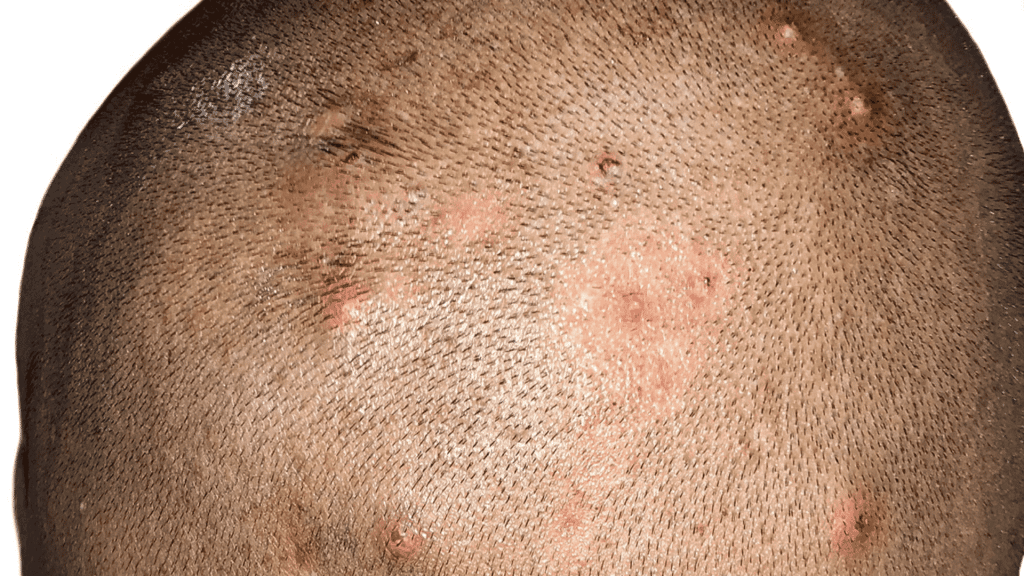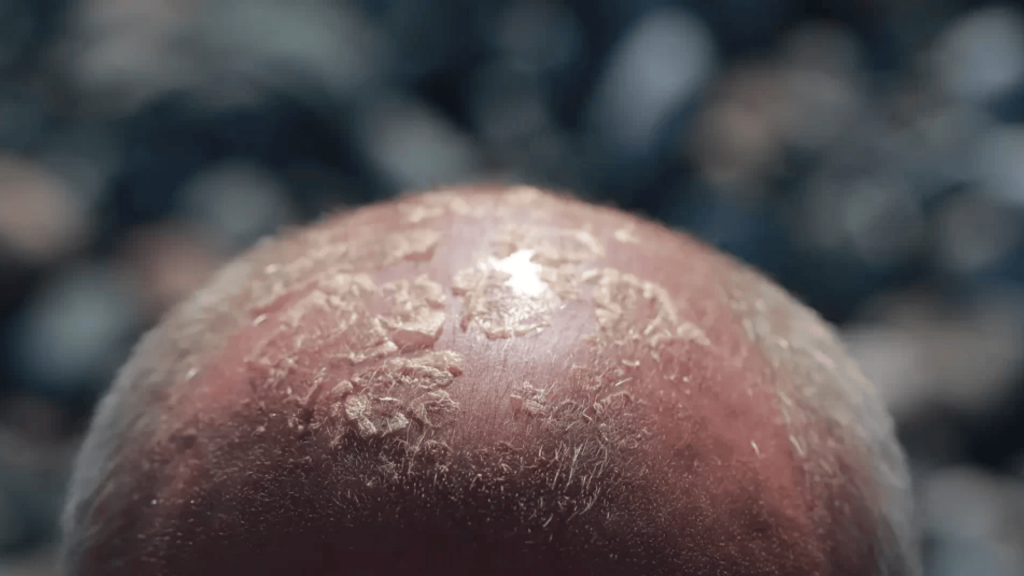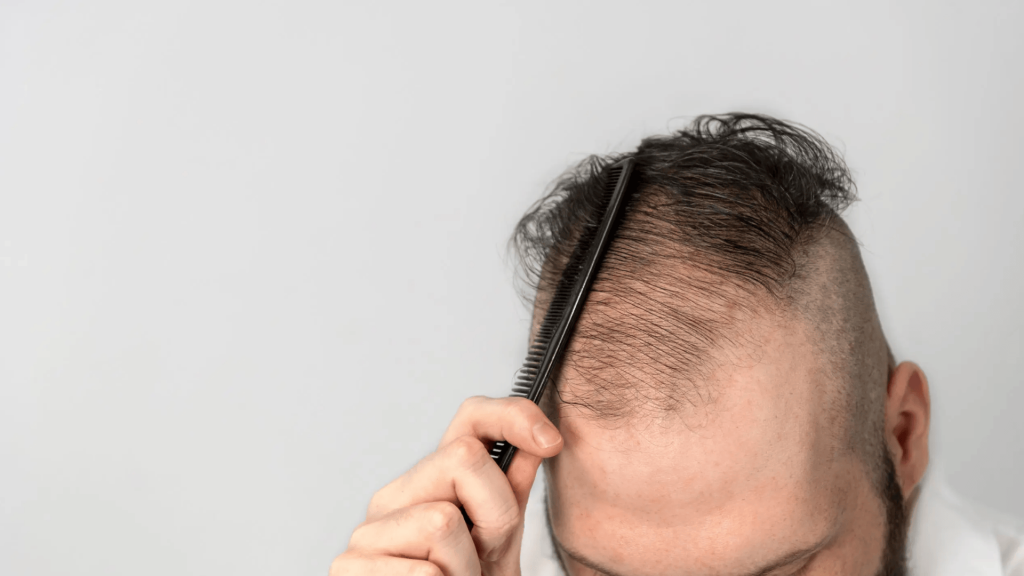Something’s not quite right with your scalp, and you can’t shake that nagging discomfort following you everywhere.
That mysterious ache when brushing your hair, the unexplained tenderness in just one spot, or the puzzling question “why does my scalp hurt” when nothing seems obviously wrong.
Your scalp pain may seem mysterious, but clues are clear. Hidden culprits, everyday habits, or slowly developed conditions could be causing your discomfort.
The answers you’ve been searching for are closer than you think. With the right detective work and proven solutions, you can crack the code of your scalp pain. Your comfort is just one step away.
Disclaimer: This information is for educational purposes only and is not medical advice. Consult a healthcare provider for persistent or severe scalp pain.
What Triggers Scalp Pain in Everyday Life?
Many people who ask ” why does my scalp hurt ? ” find that everyday activities contribute significantly to their discomfort.
Common lifestyle factors include excessive heat styling that damages hair follicles and irritates the scalp. Chemical treatments like perms, relaxers, and frequent coloring introduce harsh substances that inflame sensitive scalp tissue.
Physical stress from tight headbands, helmets, or constant scalp touching creates mechanical irritation, which often leads people to wonder why their scalp is tender in one spot.
Environmental factors such as pollution, hard water, and extreme weather conditions strip natural oils and compromise the scalp’s protective barrier.
Sleep habits also matter, such as sleeping on rough pillowcases or in awkward positions, which can create friction and pressure points that lead to morning scalp tenderness.
Symptoms of Scalp Pain
When people experience localized pain and ask themselves, “why is my scalp tender in one spot?”, identifying accompanying symptoms becomes crucial for proper diagnosis.
| SYMPTOMS | WHAT IT MAY INDICATE |
|---|---|
| Red bumps or spots | Scalp acne, infected hair follicles |
| Itching and flaking | Dandruff, oily skin conditions, and eczema |
| Scaly, thick patches | Psoriasis or fungal infection |
| Painful tightness | Hairstyles pulling too tightly on the scalp |
| Burning or tingling | Nerve-related causes such as head pain conditions |
| Tender spots with hair loss | Hair loss conditions or infection |
Understanding these symptoms helps people communicate better with healthcare providers and seek appropriate treatment faster.
Skin Conditions That Cause Scalp Pain
Several skin-related issues can trigger scalp discomfort, from blocked pores to inflammatory conditions. These conditions often require different treatment approaches depending on their underlying cause.
1. Scalp Pimples and Scalp Acne
Clogged hair follicles trap oil, dead skin cells, and bacteria beneath the surface. This creates painful, inflamed bumps similar to facial acne but often more tender.
The scalp’s natural oils can become excessive, especially during hormonal changes, leading to more frequent breakouts.
2. Folliculitis and Root Infections
This condition occurs when hair follicles become inflamed or infected with bacteria, yeast, or fungi. Mild folliculitis causes small, red bumps that feel tender.
Severe cases can develop into painful, pus-filled lesions that spread to the surrounding tissue. Gentle cleansing helps mild cases heal naturally, while severe infections require prescription treatments.
3. Irritation from Hair Products or Allergies
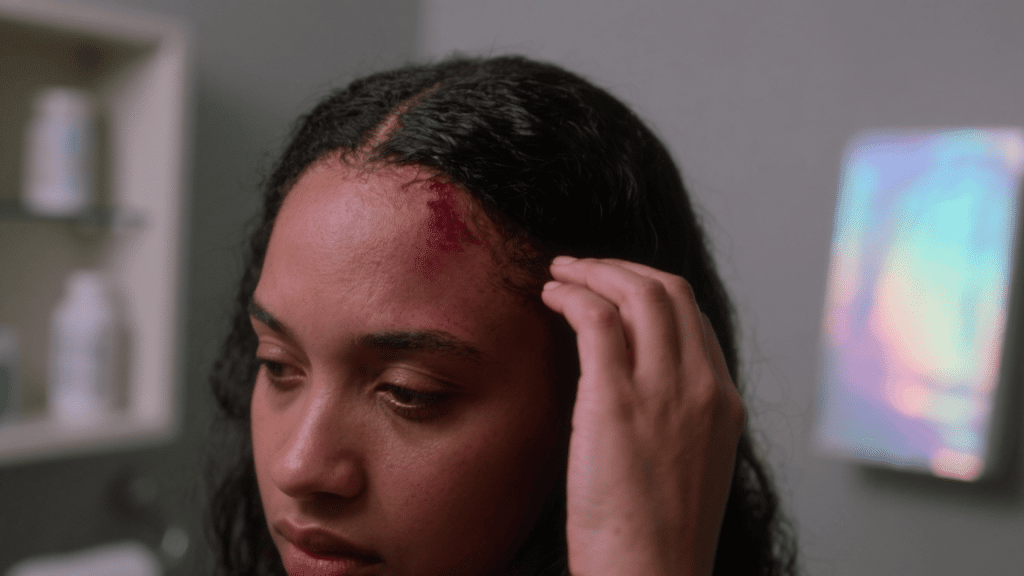
Harsh chemicals in shampoos, conditioners, hair dyes, or styling products can trigger contact dermatitis. The scalp becomes red, swollen, and painful as the immune system reacts.
Common culprits include sulfates, parabens, ammonia in hair color, and strong fragrances. Switching to gentler, fragrance-free products usually resolves the issue completely.
4. Psoriasis and Seborrheic Dermatitis
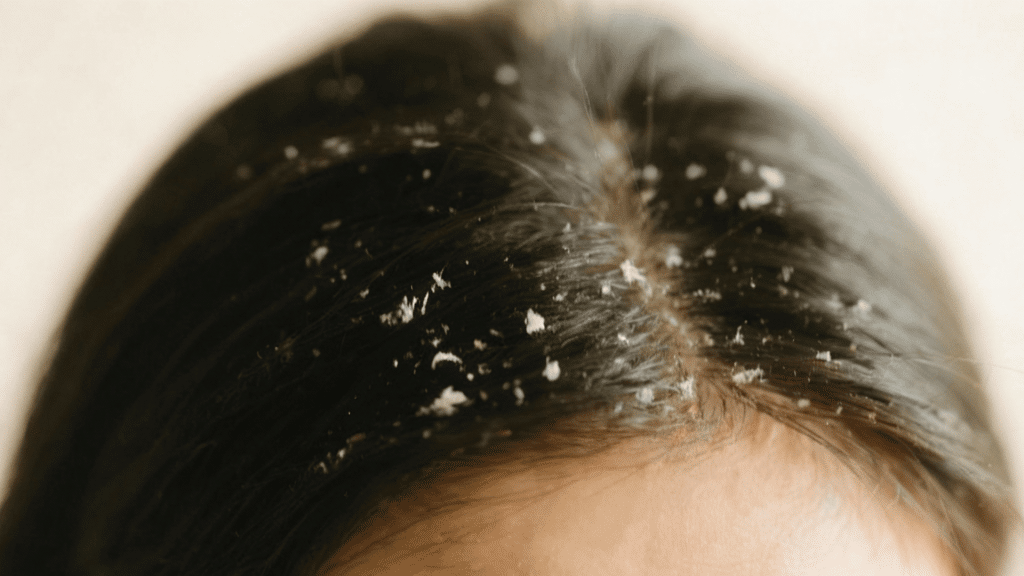
These inflammatory conditions create thick, scaly patches that can be quite painful. Psoriasis forms silvery-white scales over red, inflamed skin.
Seborrheic dermatitis causes yellowish, greasy flakes with underlying redness. Both conditions result from immune system dysfunction and require medicated shampoos or prescription treatments.
5. Eczema and Sensitive Scalp Conditions
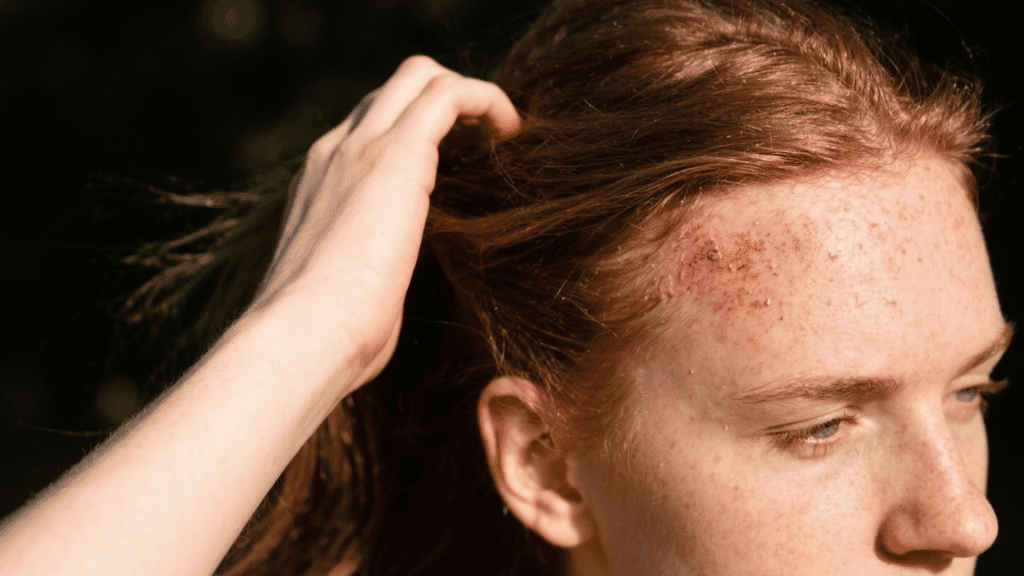
Atopic dermatitis on the scalp creates intensely itchy, red patches that become painful when scratched. The skin barrier becomes compromised, allowing irritants to penetrate easily.
Environmental factors like dry air, stress, and allergens can worsen symptoms significantly. Gentle moisturizing shampoos and avoiding known triggers help prevent flare-ups.
6. Fungal Infections Like Ringworm
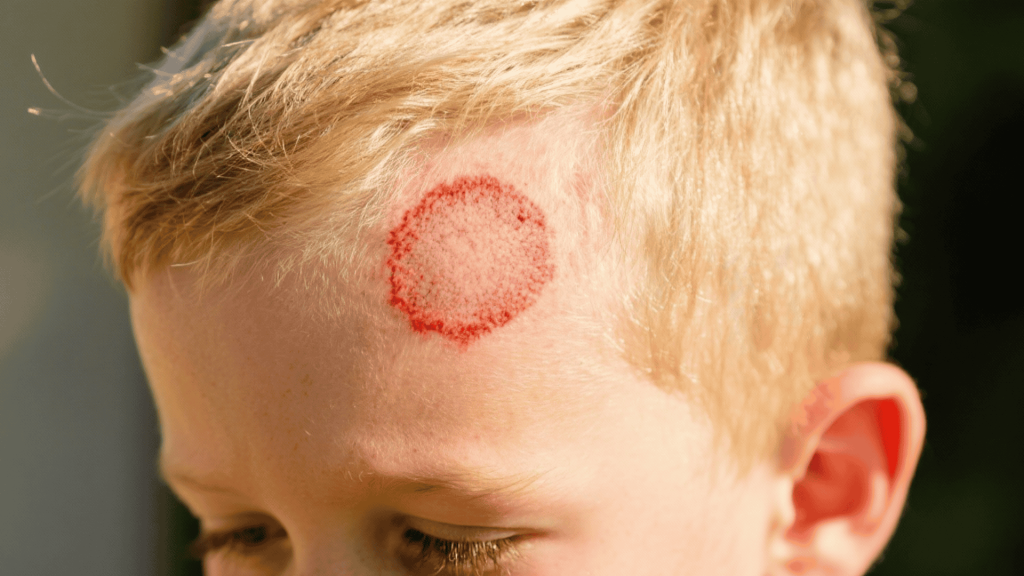
Despite its name, ringworm is caused by fungi, not worms. It creates circular, scaly patches with clearer centers and raised borders.
The affected areas often lose hair and can be quite painful to touch. Children are particularly susceptible, and antifungal medications are required for complete treatment.
Understanding these skin conditions helps people identify their symptoms early and seek appropriate treatment. Most conditions respond well to proper care when addressed promptly.
Non-Skin Causes of Scalp Pain
Not all scalp pain comes from skin conditions; other factors like physical strain, environmental damage, nerve issues, and hair loss can cause discomfort without skin inflammation.
7. Tight Hairstyles and Physical Strain
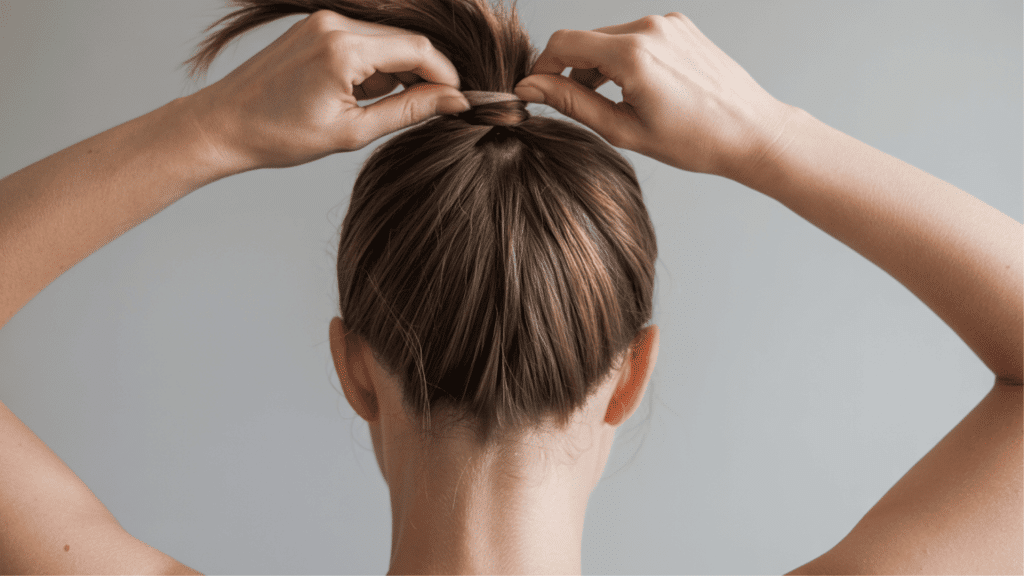
Constantly pulling hair back into tight ponytails, braids, or buns creates tension on hair follicles. This condition, called traction alopecia, causes pain and can lead to permanent hair loss.
The constant pulling inflames hair roots and damages blood vessels in the scalp. Heavy hair accessories and extensions add extra weight and pressure, making the problem worse.
8. Sunburn and Environmental Stressors
Excessive sun exposure burns the scalp just like other skin areas, especially where hair is thin or parted. Cold weather and dry air can also irritate sensitive scalp skin.
Wind and pollution add additional stress to the scalp’s protective barrier. People with lighter hair colors or thinning hair face higher environmental damage risk.
9. Neurological Causes
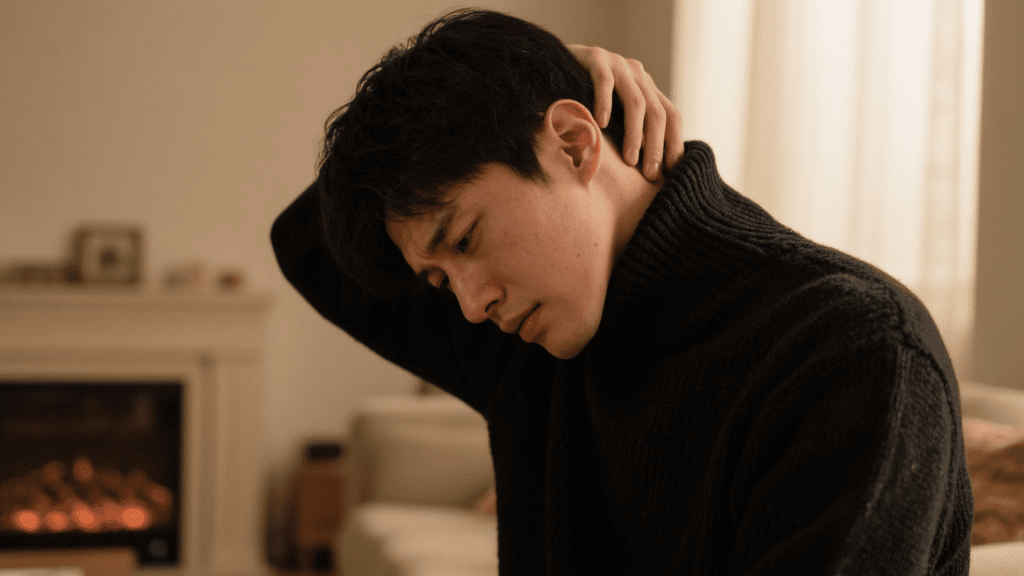
Occipital neuralgia affects nerves at the base of the skull, creating sharp, shooting pains that radiate across the scalp. Migraines can also cause scalp tenderness before, during, or after headache episodes.
These nerve-related issues feel different from skin conditions,more like electric shocks or deep aching rather than surface irritation.
10. Hair Loss Conditions
Alopecia areata creates smooth, round patches of hair loss that can be tender or painful. The immune system mistakenly attacks hair follicles, causing inflammation.
Some people feel tingling or burning sensations before hair loss occurs. Androgenic alopecia can also cause mild scalp sensitivity as hair follicles shrink over time.
Understanding these non-skin causes helps people seek appropriate treatment. Professional evaluation becomes essential when nerve problems or autoimmune hair loss conditions are suspected.
Lifestyle Factors That Influence Scalp Health
Your daily lifestyle choices significantly impact scalp health and can reduce chronic pain. Simple routine adjustments promote long-term healing and comfort.
- Nutrition matters: Avoid refined sugars and processed foods that trigger inflammation; instead, choose omega-3-rich fish, zinc-packed nuts, and leafy greens rich in B vitamins.
- Stay active: Regular exercise increases scalp blood circulation, delivering essential nutrients to hair follicles.
- Manage stress: Chronic stress elevates cortisol levels, which can trigger conditions like psoriasis and dermatitis.
- Prioritize sleep: Quality rest supports hormone regulation and immune function for healthy scalp tissue.
Consistency with these lifestyle changes fosters optimal scalp health from within, resulting in significant comfort improvements over time.
Home Remedies for Scalp Pain
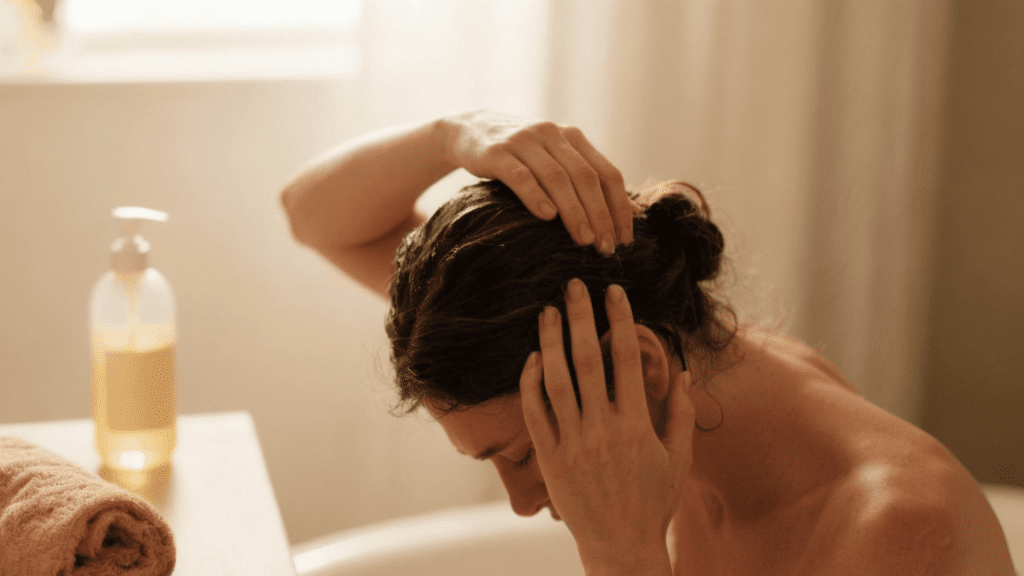
Gentle home treatments can provide relief while supporting natural healing processes for many scalp pain conditions.
These natural approaches are most effective when used consistently and in conjunction with proper medical care as needed.
1. Gentle Scalp Hygiene Practices
Wash hair with lukewarm water and mild shampoo 2-3 times weekly. Avoid vigorous scrubbing and let the shampoo work for 30 seconds before rinsing. Pat the scalp dry gently instead of rubbing with a towel.
- Why it works: Removes irritants without damaging sensitive skin
- Precautions: People with open wounds or severe infections should avoid; stop if increased irritation occurs
- Signs of improvement: Reduced tenderness and less irritation within 3-5 days
2. Using Mild Shampoos and Avoiding Harsh Chemicals
Choose sulfate-free, fragrance-free shampoos designed for sensitive scalp. Read ingredient labels carefully and introduce new products gradually. Switch to gentler formulations during flare-ups.
- Why it works: Reduces chemical irritation and maintains natural oil balance
- Precautions: Those with specific ingredient allergies should avoid; patch test new products on skin first
- Signs of improvement: Less burning sensation and decreased scalp redness within one week
3. Warm Compresses or Cold Packs for Comfort
Apply warm, damp cloth for 10-15 minutes to reduce inflammation. Use cold packs wrapped in thin towel for acute pain relief. Alternate temperatures based on comfort level.
- Why it works: Improves blood flow and numbs pain signals
- Precautions: never apply extreme temperatures directly to skin
- Signs of improvement: Immediate pain relief and reduced swelling after each session
4. Scalp Massage with Natural Oils
Gently massage coconut, jojoba, or tea tree oil into scalp using fingertips. Work in small circles for 5-10 minutes before washing out. Perform 2-3 times weekly for best results.
- Why it works: Increases circulation and provides antimicrobial benefits
- Precautions: Avoid if allergic to oils or scalp has active infection; dilute essential oils properly to prevent burns
- Signs of improvement: Softer scalp texture and decreased pain intensity within 1-2 weeks
5. Avoiding Tight Hairstyles and Friction
Wear hair loose or in gentle styles that don’t pull on roots. Change hairstyles regularly to prevent constant pressure on the same areas. Choose soft hair ties and opt for metal-free clips.
- Why it works: Eliminates mechanical stress and allows healing
- Precautions: No specific contraindications; gradual transition prevents sudden hair breakage
- Signs of improvement: Reduced scalp tenderness and less hair breakage within days
6. Balanced Diet with Vitamins and Hydration
Eat foods rich in omega-3 fatty acids, zinc, and B vitamins. Drink 8-10 glasses of water daily for optimal hydration. Consider supplements if dietary intake is insufficient.
- Why it works: Supports skin health and reduces inflammatory responses
- Precautions: Check with a doctor before starting supplements if who has specific dietary restrictions
- Signs of improvement: Better overall scalp health and reduced inflammation within 2-4 weeks
These home remedies are most effective when used consistently over several weeks. If symptoms persist or worsen despite home care, professional medical evaluation is recommended for proper diagnosis and treatment.
Medical Treatments for Scalp Pain
Healthcare providers offer several effective treatment options depending on the underlying cause of scalp discomfort. Professional medical care becomes important when home remedies don’t provide relief.
- Topical corticosteroids reduce inflammation in conditions like psoriasis, seborrheic dermatitis, and eczema, providing rapid relief from swelling and pain
- Antifungal medications in shampoo, cream, or oral forms effectively treat fungal infections like ringworm that cause scalp pain and hair loss
- Antibiotics (topical or systemic) combat bacterial infections in folliculitis, infected acne, or secondary infections in damaged skin
- Medicated shampoos containing ketoconazole, selenium sulfide, or coal tar help manage chronic conditions while providing gentle daily care
- Prescription pain medications may be necessary for severe neurological causes like occipital neuralgia or when pain significantly impacts quality of life
- Immunosuppressive treatments for autoimmune conditions like alopecia areata help reduce inflammation and preserve remaining hair follicles.
These medical treatments work best when prescribed by qualified healthcare professionals who can properly diagnose the underlying cause.
When to Seek Medical Help for Scalp Pain?
Certain warning signs mean you need to see a doctor right away, especially if you’re wondering, ” why is my scalp tender in one spot ?” or experiencing severe scalp pain.
Contact your doctor if pain spreads or gets worse despite home remedies, as this could mean you need prescription treatment.
Fever, pus, or open sores often mean bacterial infections that need antibiotics. Sudden hair loss with scalp tenderness needs quick evaluation to prevent permanent damage.
Severe headaches or vision problems with scalp pain could indicate serious neurological issues requiring immediate medical care.
Conclusion
Scalp pain doesn’t have to control your daily life when you understand the causes and treatments available.
If you’re wondering “why is my scalp tender in one spot” or asking “why does my scalp hurt,” the key is identifying your specific triggers and responding quickly.
Simple changes like using gentle hair products, managing stress, and maintaining scalp hygiene can help. Persistent pain shouldn’t be ignored; if home remedies fail in a few weeks, see a healthcare professional.
With the right approach, most scalp pain issues can be effectively managed and prevented from returning.
Ready to find relief from your scalp pain? Start implementing these proven strategies today and take the first step toward lasting comfort and healthier hair.

